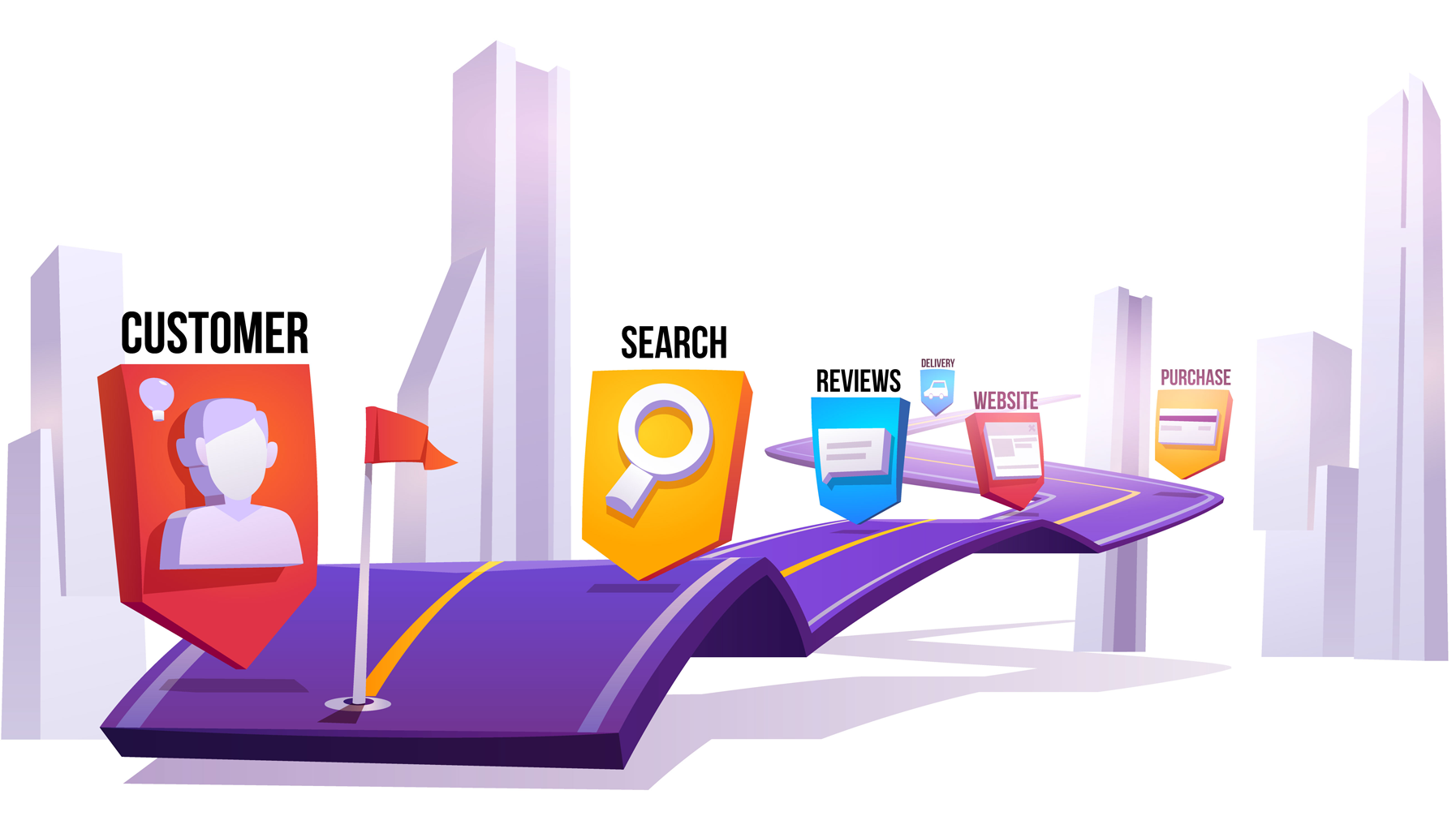Why Are User Journey Maps Important?
User journey maps are crucial because they provide insights into the journey your customers take when interacting with your business. By mapping this journey, you can better understand customer emotions, the challenges they face, and areas for improvement. This understanding allows you to take targeted actions to enhance customer satisfaction and increase loyalty.
Understanding the Customer Journey
Before creating a user journey map, it's important to fully understand the customer journey. The customer journey is the path a customer takes from the first point of contact to achieving their goal. It includes all interactions and touchpoints, both online and offline.
To understand the customer journey, put yourself in the customer's shoes. Imagine being a customer trying to purchase a product or service from your company. What steps would you take? What questions would you have? Answering these questions helps you map the customer journey and lay the foundation for creating an effective user journey map.
Components of a User Journey Map
A user journey map consists of various components that provide a complete view of the customer journey. Here are some key components to include:
- Persona: Identify different personas representing your customers. This helps personalize the user journey and understand the specific needs and desires of different customer groups.
- Touchpoints: Identify all touchpoints where customers interact with your business, such as website visits, phone calls, emails, or in-person interactions. Including every touchpoint helps uncover potential obstacles.
- Emotions: Map customers' emotions during each stage of the journey. This helps identify how customers feel and highlights opportunities to enhance their experience.
Steps to Create a User Journey Map
Now that you understand the importance of user journey maps and their components, follow these steps to create an effective map:
- Identify Goals: Define what you want to achieve with your user journey map. Is it improving customer satisfaction, increasing conversion rates, or boosting loyalty? Clear goals help structure your map effectively.
- Gather Data: Collect data on the customer journey through customer research, interviews, and analyzing existing information. This data provides an accurate picture of the customer journey and their needs.
- Create the Map: Use the collected data and map components to create your user journey map. Ensure the map is visually appealing and easy for the team to understand.
Tips for Creating Effective User Journey Maps
Creating effective user journey maps requires careful planning and attention to detail. Here are some tips:
- Keep it Simple: Ensure the map is not overly complex. Keep it straightforward and easy to understand for all stakeholders.
- Involve the Entire Team: User journey maps should not be created by the marketing team alone. Involve all relevant teams, such as customer service, sales, and product development, for a holistic view of the journey.
- Iterate Regularly: User journey maps are not one-time projects. Update and improve them regularly based on new insights and customer feedback.
Using Customer Journey Map Templates
Creating a user journey map can be overwhelming, especially if you're new to visual mapping. Fortunately, customer journey map templates are available to help. These templates provide a structured framework that you can customize for your needs.
When using a template, ensure you tailor it to your business and customers. Add your own touchpoints, emotions, and personas to make the map as relevant as possible.
Examples of Successful User Journey Maps
Here are some examples to illustrate effective user journey maps:
- E-commerce User Journey Map: Shows a customer's journey when purchasing a product online, including touchpoints like browsing products, comparing prices, placing an order, and receiving the product. Emotions such as excitement and satisfaction are included.
- Travel Agency User Journey Map: Depicts a customer's journey when booking a vacation, including searching for destinations, comparing prices, booking accommodations, and receiving travel documents. Emotions like anticipation and fulfillment are highlighted.
Tools for Creating User Journey Maps
Several tools are available to help you create user journey maps. Popular options include:
- Lucidchart: A user-friendly tool for creating visual diagrams and user journey maps.
- Miro: A collaborative whiteboard tool for creating and editing maps with your team.
- Canva: A versatile design tool for creating attractive and personalized user journey maps.
Conclusion: Using User Journey Maps for Business Success
User journey maps are a powerful tool for businesses seeking to improve customer-centricity. By mapping the customer journey, you gain better insights into customer emotions and areas for improvement. With the right tools and techniques, you can create effective user journey maps to drive your business toward success.
Use the tips and examples provided to start creating your own user journey map. Remember to iterate regularly and keep your map updated with new insights and customer feedback. By effectively using user journey maps, you can boost customer satisfaction and grow your business.
Contact
Discover how I, Frank Thijssen, can help your organization get from U to X.
Email:
Frank Thijssen = The Frankly UXDesigner




